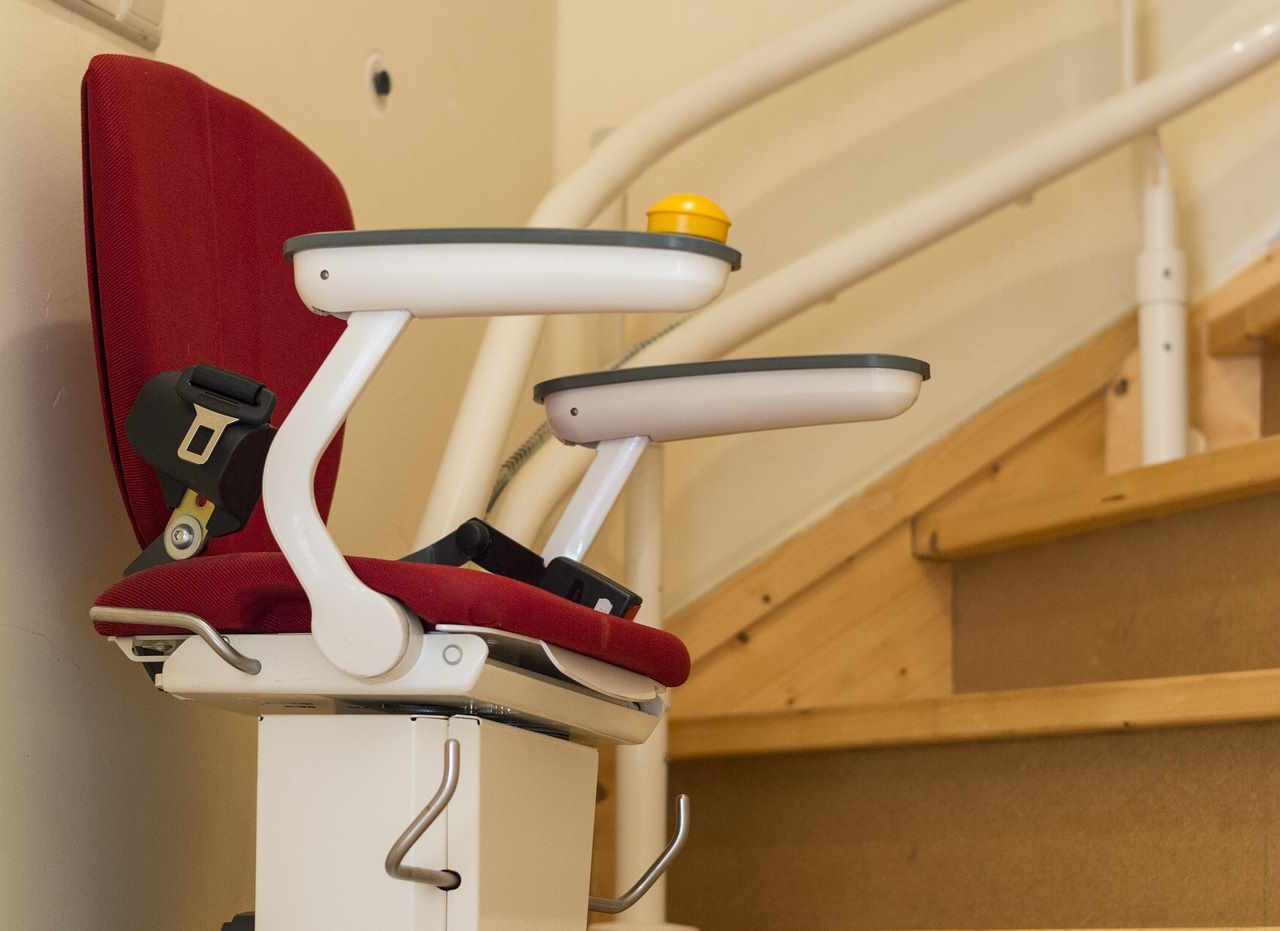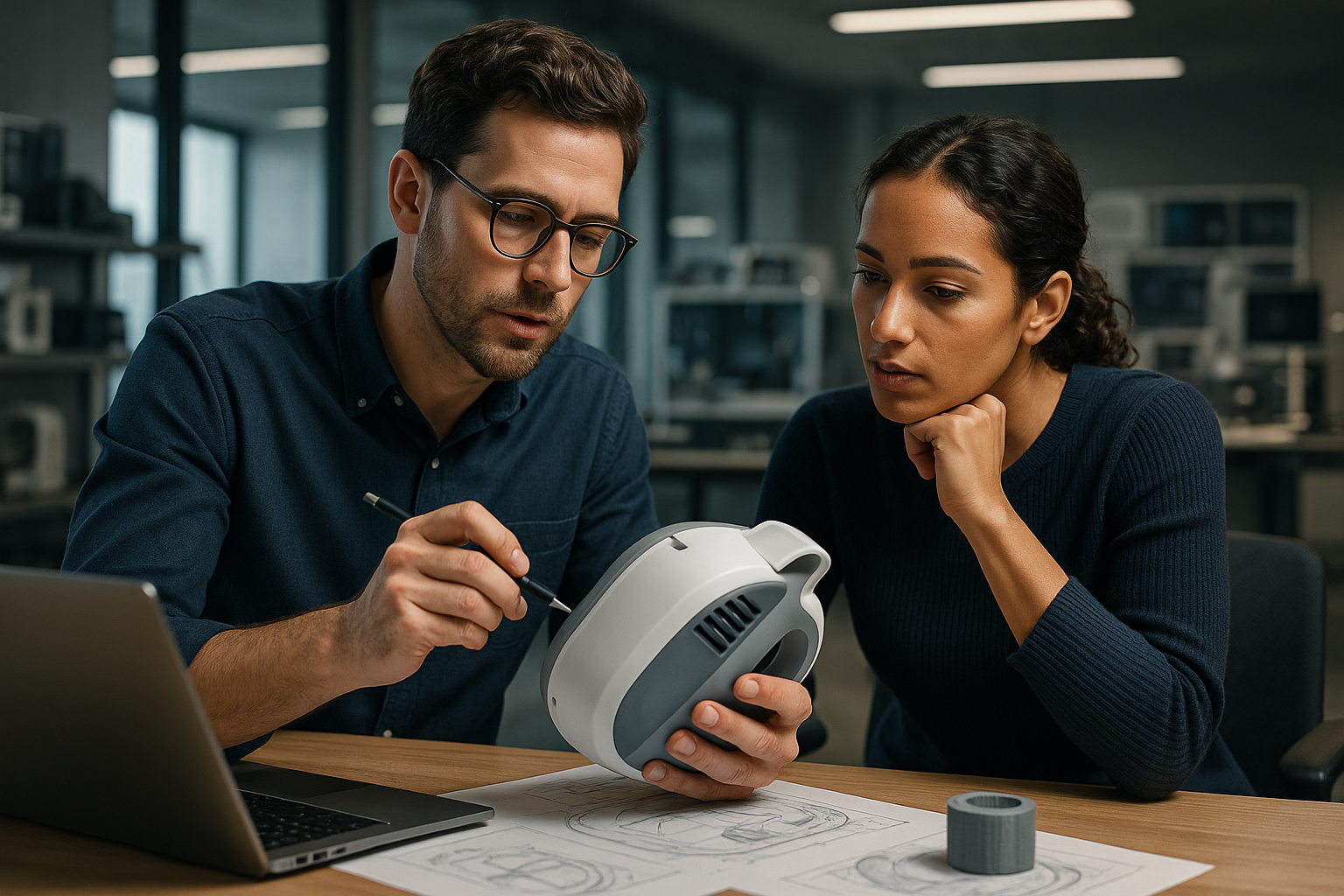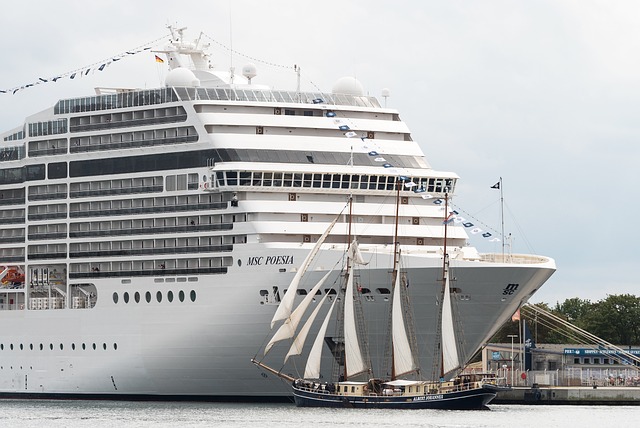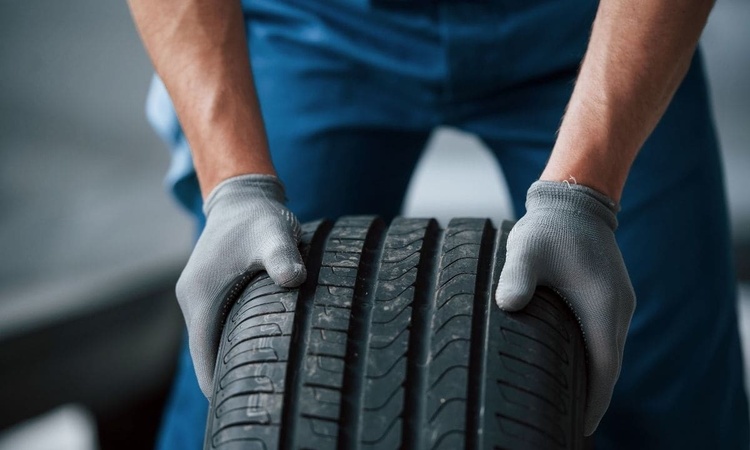Mobile stairlifts for home and temporary accessibility
Mobile stairlifts are compact, portable devices designed to help people move between levels without permanent installation. They can be a practical option for short-term needs, temporary homes, or situations where a fixed stairlift is not feasible. This article explains how mobile stairlifts work, compatibility with wheelchairs, suitability for different stairs, considerations for disability support, and accessibility features to look for.

How do mobile stairlifts support mobility?
Mobile stairlifts increase independence by allowing users to traverse stairs with minimal transfer or physical strain. Unlike fixed models, mobile units are designed for easier installation and removal, often using lightweight tracks or wheeled bases. For users with reduced strength, balance issues, or limited walking distance, a mobile stairlift can provide a stable, seated transfer that reduces fall risk and conserves energy. Considerations include the user’s weight, transfer ability, and the stair dimensions.
Are mobile stairlifts suitable for wheelchair users?
Most mobile stairlifts are designed for a seated user rather than transporting a wheelchair itself; they are not typically wheelchair-platform lifts. Some models can accommodate folding wheelchairs if the user can transfer onto the stairlift seat and stow the wheelchair at the top or bottom. For full wheelchair access, a platform lift or ramp is more appropriate. When wheelchair compatibility is important, check weight limits, transfer aids, and whether the device integrates with mobility equipment used by the person.
Can mobile stairlifts be used on different types of stairs?
Mobile stairlifts come in designs for straight stairs and some for gentle curves or short landings, but they have limitations compared with permanent, custom-curved stairlifts. Portable units are best suited for straight runs or single flights with consistent tread depth and handrail clearance. Temporary installations may require adjustments to avoid trip hazards. Always measure rise and run, check headroom and door swing, and consult providers about whether your specific staircase is compatible with a given mobile model.
How do mobile stairlifts address disability needs?
Mobile stairlifts can address a range of disability-related access needs by offering seated transport, adjustable controls, and safety features like seat belts and swivel seats for safer transfers. They can be valuable after surgery, during rehabilitation, or for progressive conditions where temporary mobility support is needed. Assessments by an occupational therapist or mobility specialist help match features — such as remote controls, adjustable seat height, and transfer aids — with the user’s functional abilities and long-term goals.
What accessibility features should you consider?
Key accessibility features include easy-to-use controls (large buttons or joysticks), adjustable seat and armrests, non-slip footplates, and secure locking systems during use and transport. Portability elements — weight, foldability, and how the track or base disassembles — matter for moving between locations. Battery backup lets the unit continue functioning during power outages. Noise level, maintenance requirements, and service availability in your area are important practical considerations for ongoing accessibility.
| Product/Service Name | Provider | Key Features | Cost Estimation |
|---|---|---|---|
| Portable Stairlift (straight) | Acorn Stairlifts (portable options) | Lightweight track, foldable seat, battery backup | £1,200–£3,000 (approx.) |
| Compact Mobile Stairlift | Stannah (portable models and short-term solutions) | Quick install, safety sensors, swivel seat | £1,500–£4,000 (approx.) |
| Mobile Chairlift (small footprint) | Handicare | Low-profile track, user controls, easy relocation | £1,300–£3,500 (approx.) |
| Portable Platform/Transfer Lift | Bruno/Savaria (mobile lift solutions) | Platform options for partial wheelchair transfer, robust capacity | £3,000–£8,000 (approx.) |
Prices, rates, or cost estimates mentioned in this article are based on the latest available information but may change over time. Independent research is advised before making financial decisions.
Conclusion
Mobile stairlifts can be a flexible solution for improving access where permanent installation is impractical or for temporary needs during recovery or transition. Choosing the right unit requires careful measurement of stairs, understanding transfer and wheelchair requirements, and reviewing safety and service options from reputable local services or providers in your area. Consult a mobility specialist or occupational therapist if you have questions about suitability for specific disability or health circumstances.
This article is for informational purposes only and should not be considered medical advice. Please consult a qualified healthcare professional for personalized guidance and treatment.






